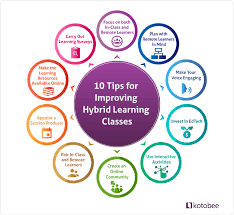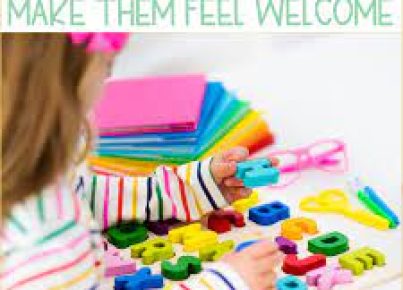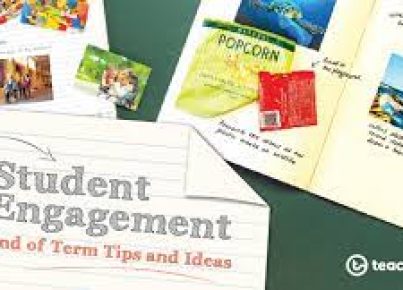Introduction
The hybrid classroom model, which combines traditional face-to-face instruction with online learning, has gained popularity in recent times as schools and institutions adapt to changes brought about by the COVID-19 pandemic. Building a strong sense of community in this new educational environment is essential for student engagement and academic success. This guide offers educators practical strategies to foster connections & build relationships, creating a thriving community within the hybrid classroom.
1. Establish Clear Communication Channels
Communicating effectively with students is vital, both online and in-person. Ensure that you use consistent platforms for communication like email, learning management systems, and messaging apps. Create an open-door policy so that students feel comfortable reaching out for assistance or discussing concerns.
2. Encourage Collaborative Learning
Foster collaboration among students to promote active learning and social interaction. Employ tools like breakout rooms during online classes or create project-based activities that require teamwork. Encouraging open discussions and shared problem-solving strengthens bonds between students.
3. Emphasize Building Relationships
Developing relationships among peers is essential for enhancing the learning experience. Start each semester by facilitating ice-breaker activities and self-introductions, both online and in-person. Allow time for casual conversations before or after class to build upon those connections.
4. Regularly Provide Feedback
Constructive feedback can contribute to a sense of community as it demonstrates genuine care for a student’s growth and development. Schedule regular check-ins to discuss progress, set goals, and provide guidance on areas of improvement.
5. Celebrate Milestones And Accomplishments
Recognizing achievements can create a supportive atmosphere where everyone feels valued and motivated to succeed. Share individual student accomplishments or celebrate group milestones on your communication platforms to boost morale and reinforce a sense of belonging.
6. Offer Opportunities For Students To Lead
Empower students by providing them opportunities to lead projects, discussions, or presentations. This encourages investment in the community and cultivates leadership skills.
7. Address Conflicts Proactively
In a hybrid environment, conflicts may arise from misunderstandings or lack of communication. Address any issues quickly and fairly, emphasizing empathy, active listening, and problem-solving skills.
8. Encourage Inclusive Learning Environment
Ensure that all students feel welcomed and valued by cultivating an inclusive atmosphere. Set expectations for respectful behavior and provide accessibility options for those with disabilities or language barriers.
Conclusion
Building community in the hybrid classroom requires intentional strategies that prioritize open communication, collaboration, relationship-building, and inclusivity. By integrating these principles into your teaching approach, you’ll create a nurturing environment where every student feels engaged and supported on their academic journey.





